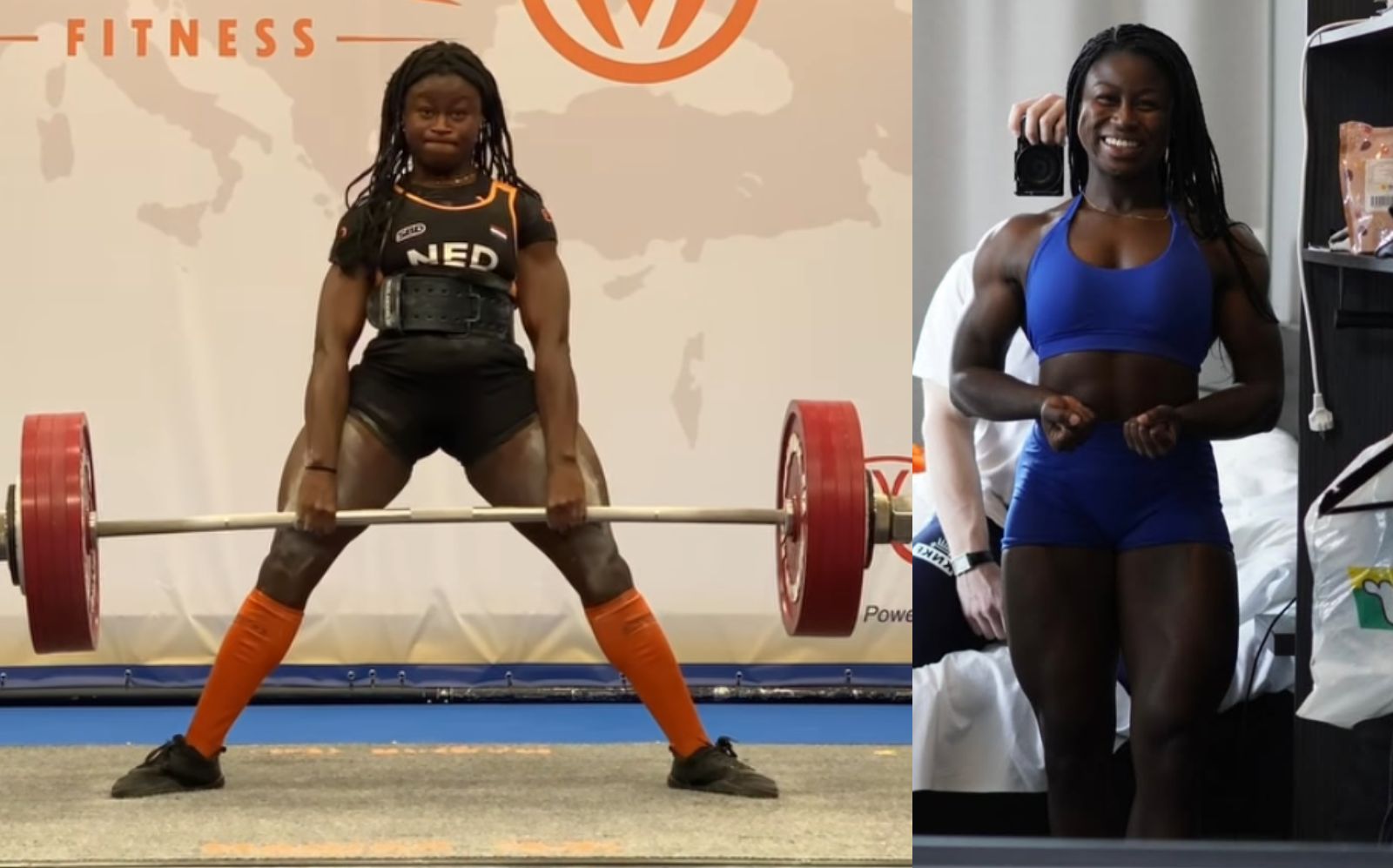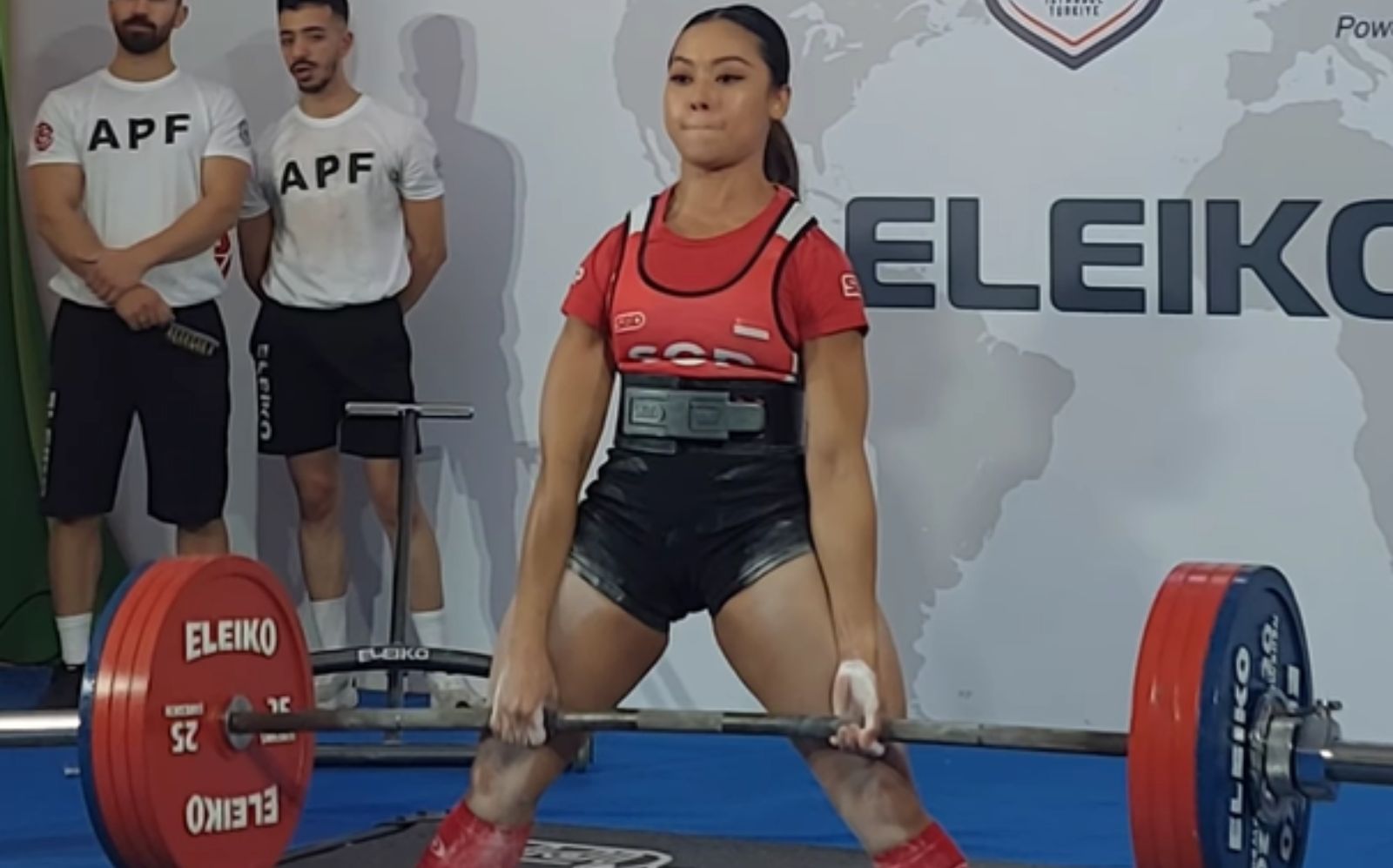The deadlift is so-called because it involves lifting a weight off the floor from a dead stop. It’s a classic test of strength, a great way to build your posterior chain, and just a badass exercise that is hugely rewarding too.
But, as good as both conventional and sumo deadlifts undeniably are, you’ll soon get bored if that’s all you ever do. Powerlifters and strongmen who compete in deadlifting keep their workouts fresh and productive by using variations of the deadlift, and you should too.
The good news is that there are lots of deadlift variations you can use to maintain your progress and avoid training boredom. We’re not talking about trap/hex bar deadlifts or dumbbell deadlifts but different ways of deadlifting with a standard barbell.
So, if you’ve had enough of standard conventional or sumo deadlifts, take one of these variations for a spin.
Still trying to master the sumo and conventional deadlift? Check out these guides and become a deadlifting expert.
15 Best Deadlift Variations
Whether you want to build muscle or increase your deadlift 1RM, these variations will help. Use them in place of standard deadlifts or as a secondary assistance exercise after your main workout. Or, if you usually deadlift twice a week, use your choice of alternatives to make up your second workout.
Level Up Your Fitness: Join our 💪 strong community in Fitness Volt Newsletter. Get daily inspiration, expert-backed workouts, nutrition tips, the latest in strength sports, and the support you need to reach your goals. Subscribe for free!
0. The other deadlift
Before we dive into our list of deadlift variations, it’s worth mentioning that doing sumo instead of conventional or vice versa is a great way to liven up your deadlift workouts. They’re quite different exercises and movements, and switching from one to another could be enough to provide some short term variety to your workouts.
If you always pull conventional, give sumo a try. If sumo is your usual deadlift variation, have a go at conventional. But, if you’ve exhausted that option already, or don’t want to make that transition, here are 15 more deadlift variations to try, most of which can be done either conventional or sumo style.
1. Paused deadlift
This is one of the easiest ways to add variety to your deadlift workouts. You deadlift as normal but then pause with the bar just below your knees for a couple of seconds before completing your rep.
This pause increases time under tension for hypertrophy and also teaches you how to grind out and finish your rep strong. Make sure that, when you pause, you stay tight and maintain core tension. As with any deadlift, do NOT allow your lower back to round.
You can do paused conventional or sumo deadlifts.
2. Rack pulls, and block pulls

Rack pulls, and their close relative block pulls, involve starting your deadlift with the bar raised off the floor. This reduces your range of motion, so you can lift heavier weights and overload the top of your range of motion. Rack/block pulls also take the stress off your lower back as you don’t have to bend over as far to grip the bar.
Rack pulls and block pulls are very similar but, with rack pulls, you raise the bar by resting it on the safety bars inside a power rack. For block pulls, the bar is placed on wooden or metal blocks or a stack of weight plates. Very heavy rack pulls could damage the ends of your barbell.
Read more about rack pulls in this article.
3. Deadlifts with bands/chains
Deadlifting with bands or chains increases the weight as you approach lockout. This is a training method called accommodating resistance. As well as overloading the upper range of motion, using bands or chains teaches you to lift more explosively and develops your ability to use speed to get you past your sticking points.
Bands and chains have a similar effect. Many gyms have chains, but bands are cheaper, lighter, and more portable. If your gym doesn’t have chains, buy a set of bands and keep them in your locker. Bands can also be used for bench presses, squats, and several other exercises.
4. Touch and go deadlifts
When doing multiple deadlifts, lifters usually allow the weight to settle on the floor between reps so that each one starts from a dead stop. This helps eliminate momentum, prevents bouncing, and also gives you time to reset your core between reps. But that’s not the only way to do deadlifts. You can also touch and go.
With this method, you don’t completely put the bar down. Instead, it lightly touches the floor before you lift it again. This doesn’t mean you bounce the bar off the floor. The key to successful touch and go deadlifts is to stay tight between reps. Do not relax when the bar touches the floor.
With no chance to rest between reps, you should find the touch and go deadlift a little harder than when you take a few seconds between reps. They also increase time under tension, which may be useful for hypertrophy.
You can do touch and go conventional or sumo deadlifts.
5. Deadlift high pulls
Deadlift high pulls are a popular exercise with CrossFitters. It turns what is mostly a lower body exercise into a full-body one. Deadlift high pulls are a power exercise comparable to power cleans and snatches, but considerably easier to learn. They’re also a useful traps and shoulder exercise.
How to do it:
- Adopt your usual conventional or sumo deadlift stance. Hold the bar using an overhand grip. This exercise doesn’t work with a mixed grip.
- Stand up explosively and, as the bar passes your knees, pull with your arms too.
- Pull the bar up the front of your body to about chest height, making sure your elbows are above your hands.
- Extend your arms and then hinge at the hips to lower the bar back to the floor.
6. Deficit deadlifts
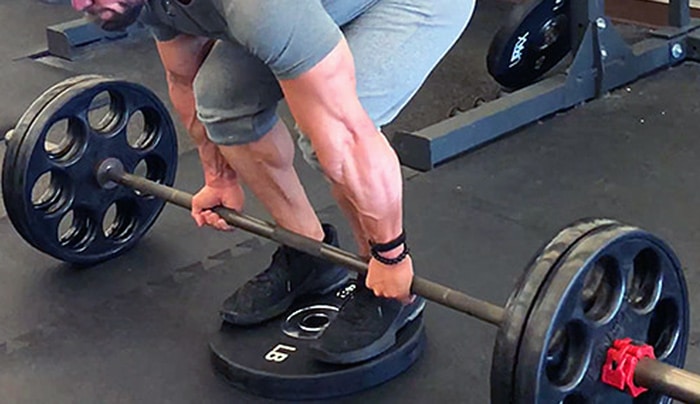
Deficit deadlifts involve standing on a raised platform to increase your range of motion. The platform is typically four to eight inches high but depends on your flexibility as you’ll need to adopt a much lower starting position. You should be able to set up for your deadlift without rounding your lower back. If your back does round, use a lower platform.
You can stand on something like an aerobic step box top, a couple of bumper plates, or even some floor mats.
Deficit deadlifts build your strength off the floor, increase glute, hamstring, and lower back activation, and also extend your time under tension. They also make light weights feel heavier. Try doing a few sets of deficit deadlifts as part of your warm-up to make your work sets feel just a little easier.
You can do deficit conventional and sumo deadlifts.
Level Up Your Fitness: Join our 💪 strong community in Fitness Volt Newsletter. Get daily inspiration, expert-backed workouts, nutrition tips, the latest in strength sports, and the support you need to reach your goals. Subscribe for free!
7. Hack deadlift
The hack deadlift is also known as the hack squat, but we’re claiming it as a deadlift variation for this article! This exercise was popularized by old-time wrestler and strongman George Hackenschmidt, who was famed for his impressive quadriceps development. Hack deadlifts are more quad-centric than other types of deadlift.
8. Snatch grip deadlifts
Snatch grip deadlifts are conventional deadlifts done with a very wide grip. Your actual hand placement depends on your height, arm length, and mobility but will probably be 1 ½ shoulder-widths apart or wider. Snatch grip deadlifts increase your range of motion, which is useful for both strength and hypertrophy. You’ll also have to work harder to pull your shoulders back, making it an excellent upper back exercise too.
Set up for deadlifts as normal but then, using an overhand grip, take hold of the bar with your hands much further apart. Use a hook grip or lifting straps to reinforce your grip. This exercise doesn’t work with a mixed grip.
Read more about snatch grip deadlifts in our in-depth guide.
9. Romanian deadlift
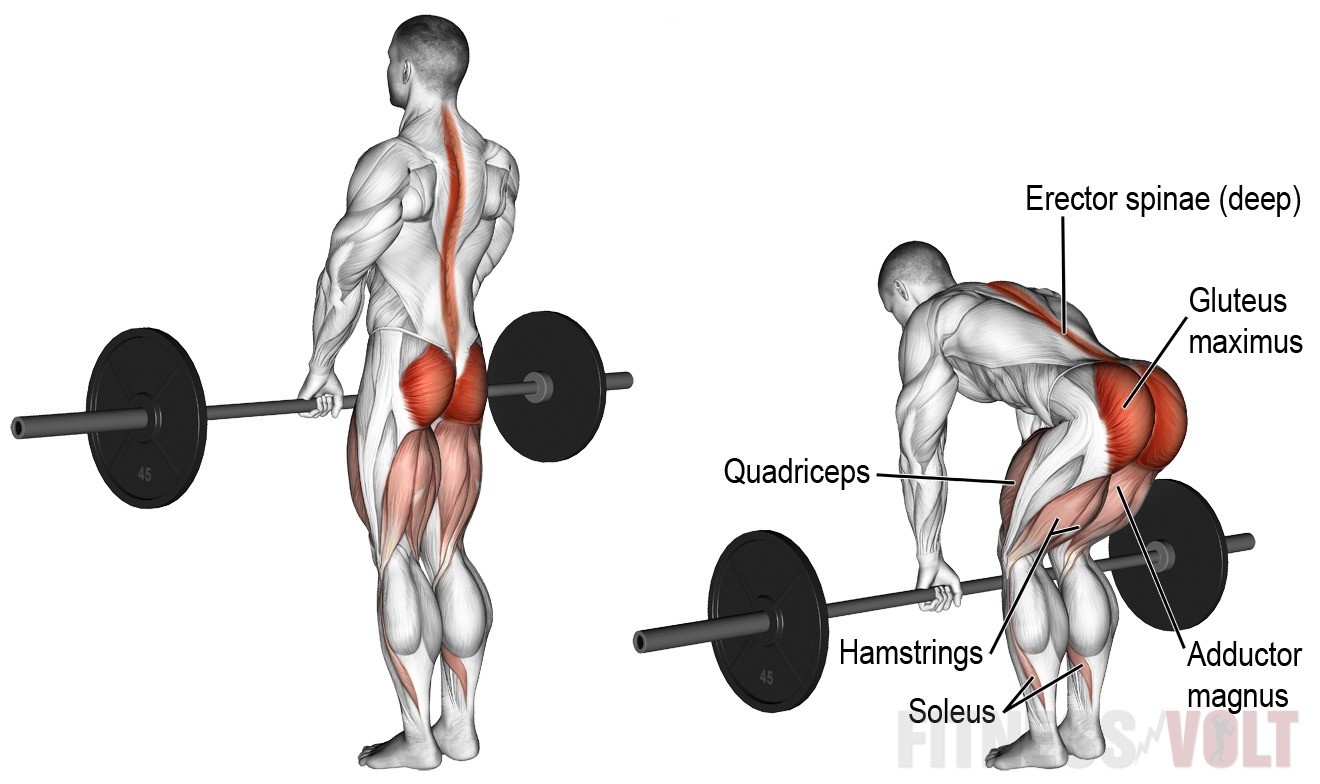
To purists, the Romanian deadlift is not a real deadlift. The weight doesn’t touch the floor, so at no point are you lifting a dead weight. Semantics aside, the Romanian deadlift is a popular deadlift variation and one of the best posterior chain exercises around. It also allows you to focus on the upper part of the movement, strengthening your lockout.
Romanian deadlifts are usually done using light to moderate weights for medium to high reps. But, they work just as well with heavy weights for low reps. Just make sure you don’t round your back as that’s a recipe for injury.
Learn more about Romanian deadlifts and their close relative stiff leg deadlifts in this guide.
10. Single leg Romanian deadlift
Single leg Romanian deadlifts are usually done using one or two dumbbells or kettlebells. But, that doesn’t mean you can’t do this unilateral exercise with a barbell. Doing Romanian deadlifts will allow you to reveal and fix any lift to right strength discrepancies and also improve your balance. In addition, balancing on one leg really fires up your glutes, especially minimus and medius, which have to work extra hard to stabilize your hip.
How to do it:
- Hold your barbell in front of your thighs with your arms straight and using an overhand, shoulder-width grip.
- Shift your weight over onto one leg. Bend your supporting knee slightly for balance. Brace your abs and pull your shoulders down and back.
- Hinge forward from your hips and lower the bar down the front of your supporting leg. Extend your opposite leg out behind you for balance. Do not round your lower back.
- Stand back up and repeat.
- On completion, rest a moment and then swap legs. Do the same number of reps on each side.
11. Offset load deadlift
Doing deadlifts with an offset or unbalanced load increases lateral core activation. In other words, you’ll feel this one a little more in one side of your abdomen. You may also notice an increase in tension in one leg.
To do this exercise, simply put 10-45lbs more weight on one end of your bar. This exercise DOES feel weird the first time you do it, but you will feel a lot more stable when you return to balanced deadlifts. Work hard to keep the bar level, despite the weight disparity. Use this variation with conventional, sumo, or Romanian deadlifts. Make sure you swap sides set by set.
12. Suitcase deadlift
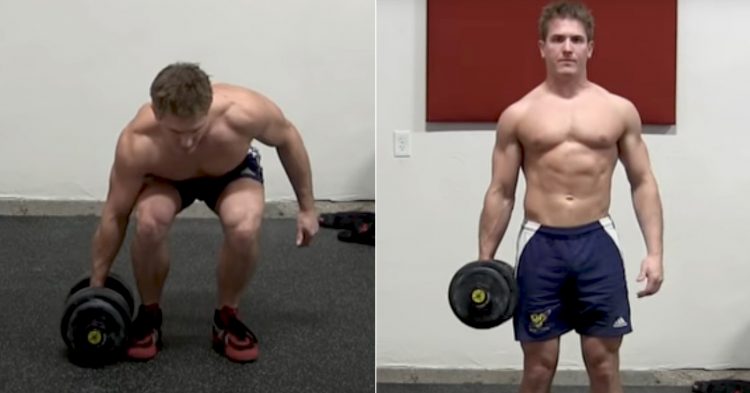
While you can do suitcase deadlifts with a single kettlebell or dumbbell, it’s more challenging when you do them with a barbell. This variation is very useful for strengthening your lateral core and is a good grip exercise too.
How to do it:
- Stand sideways on to your barbell, feet about shoulder to hip-width apart. Squat down and grab the bar with a neutral, palm facing inward grip. Straighten your arm, brace your abs, drop your hips, and lift your chest. Pull your shoulders down and back.
- Drive your feet into the floor and stand up. Do not allow your lower back to round or lean sideways. Use your core to keep your torso vertical. Keep the bar level by gripping it tightly.
- Bend your legs, lower the weight to the floor, and repeat.
- Swap sides set by set.
13. Jefferson deadlift
The Jefferson deadlift, which is sometimes called the Jefferson squat, is a very unusual exercise. With the Jefferson deadlift, you straddle the bar and grip it with one hand in front of you and one hand behind. This creates a unique movement that will provide you with a challenging workout.
Take care with this exercise and don’t go too heavy too soon. You’ll be lifting with your weight distributed unevenly and a rotated spine. Master this lift with light weights before adding more plates to the bar.
Check out our in-depth guide to learn more about this challenging exercise.
14. Bottom Half deadlift
Bottom half deadlifts are a useful exercise for increasing your strength off the floor. They are also a challenging lower back and glute exercise. You can do bottom half conventional or sumo deadlifts.
How to do it:
- Set up for your chosen deadlift variation as normal.
- Drive your feet into the floor and lift the bar. Pull the weight up to about knee-height. Do NOT stand all the way up!
- Lower the bar back to the floor and either touch and go or rest, reset, and repeat.
- Some lifters also drop the bar from knee-height to avoid the concentric part of this exercise. This can help reduce post-exercise muscle soreness. But, if you are training for hypertrophy, you should lift AND lower the bar for best results.
15. Reeves deadlift
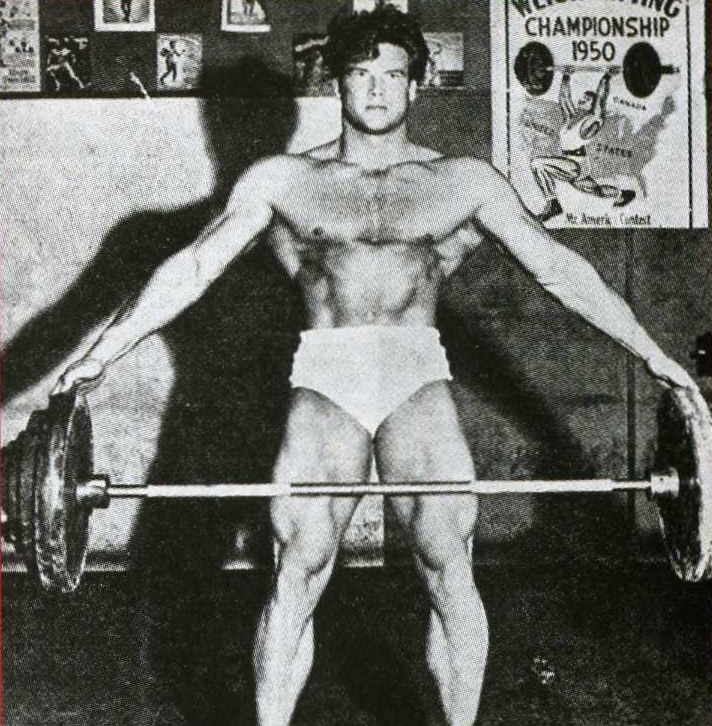
If you enjoyed snatch-grip deadlifts, take this variation for a spin! The Reeves deadlift is named after old-school bodybuilding legend and Hollywood actor Steve Reeves. It uses an ultra-wide grip to really work your back, glutes, and hamstrings. You’ll need to be quite tall to do this exercise; otherwise, you may not be able to reach the barbell plates.
How to do it:
- Position your feet for conventional deadlifts. Bend forward and reach out to grab the top of your weight plates. Drop your hips, lift your chest, and brace your abs. Pull your shoulders down and back.
- Drive your feet into the floor and, without rounding your lower back, stand up straight.
- Lower the bar to the floor and repeat.
Read also:
- Three Deadlift Workout Programs To Enhance Strength and Performance
- 9 Weeks to a Bigger Deadlift Program
Wrapping Up
Whether you are a powerlifter, strongman, or bodybuilder, your workouts really should include some form of deadlift. No other exercise works your posterior chain as well as this classic exercise.
Deadlifts are also a very functional exercise. After all, deadlifts teach you how to bend over and lift heavy weights safely off the floor. Whether you lift your kids, a bag of groceries, or an opponent in the MMA cage, working on your deadlift strength will help.
But, you don’t have to limit your workouts to the same old conventional or sumo deadlifts. There are lots of different variations you can use to keep your workouts fresh and productive.
Use any of these 15 variations to ward off workout boredom and keep those gains coming. You don’t have to quit regular deadlifts, but you don’t have to do them exclusively either. Add a new dimension to your back workouts with these alternatives to regular barbell deadlifts.





